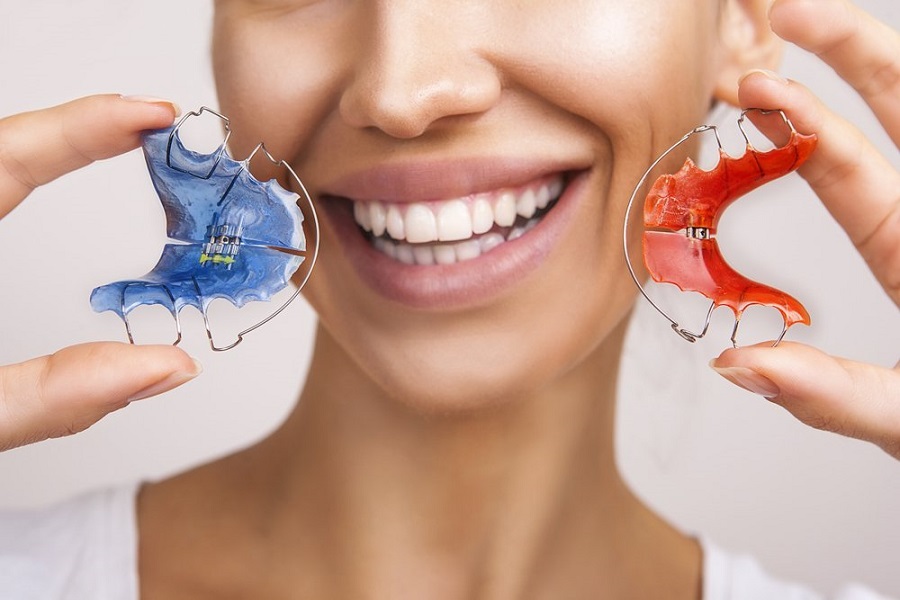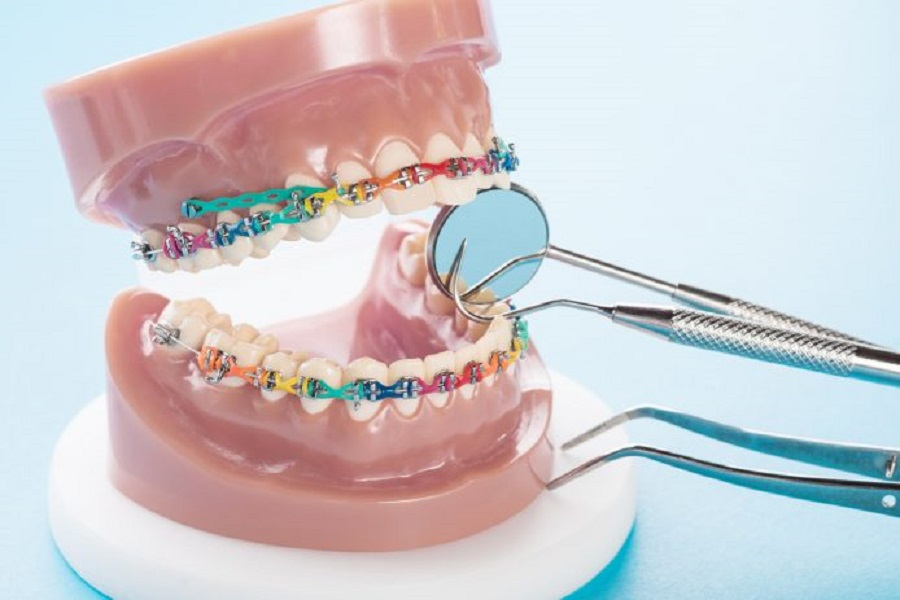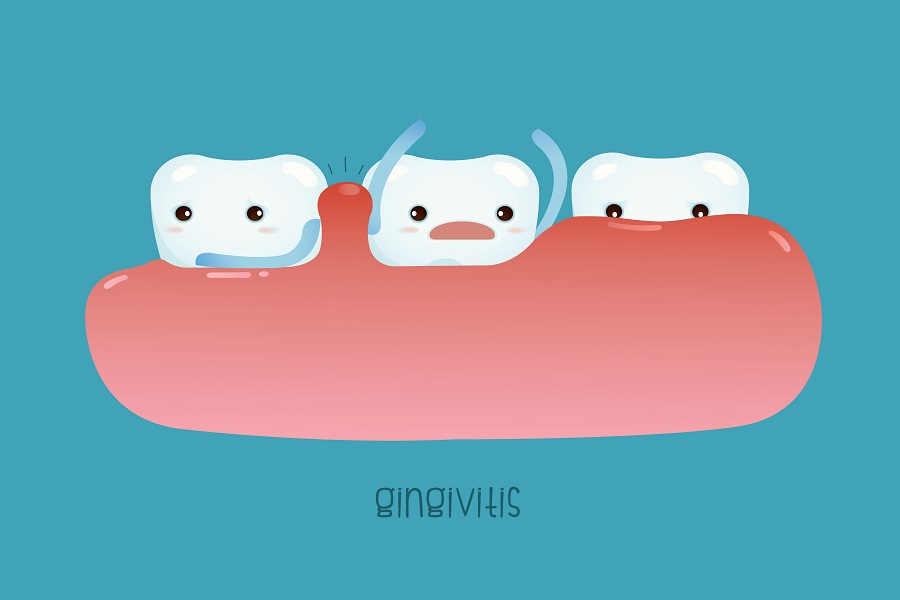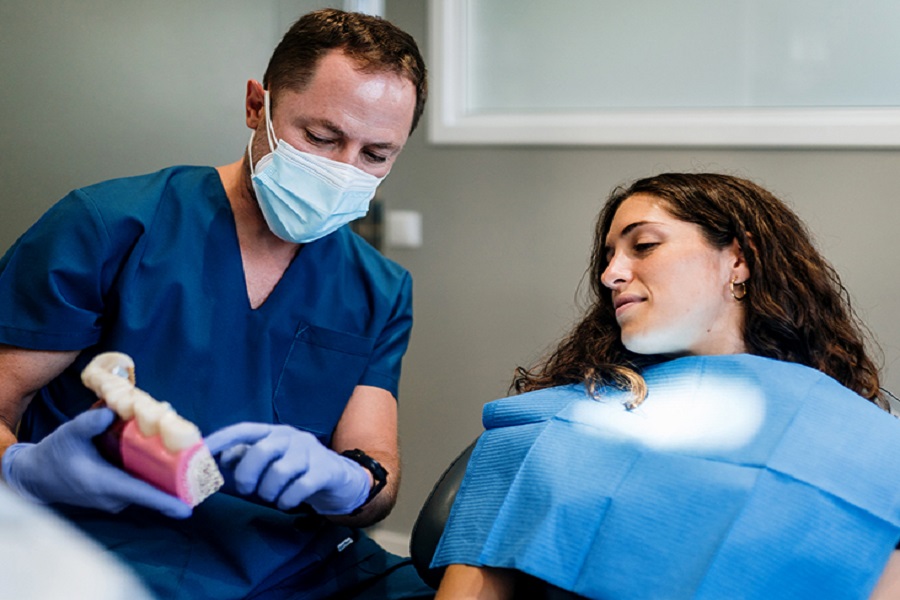1. What are the sequelae of tooth protrusion correction?
Teeth, as the second face of people, have always been the focus of people’s attention! So, what are the sequelae of tooth protrusion correction?
1. Root resorption: Root resorption is more likely to occur in the case of adult tooth protrusion correction. After root resorption, the teeth will become shorter, which increases the chance of tooth loosening.
2. Tooth loosening: In the process of tooth protrusion correction, it is a process of moving the teeth. When the teeth are moved, the tissues around the teeth are constantly displaced and reconstructed. Therefore, loose teeth are easy to appear in the correction of protruding teeth.
3. Damage to the alveolar bone: It is also because when the teeth are straightened, the teeth must be moved, which will drive the periodontal tissue, and the alveolar bone may become lower, resulting in gingival recession and so on.
4. Dental pulp disease: Some people will have dead pulp teeth after tooth protrusion correction. This is the process of tooth protrusion correction. The pressure exerted on the teeth is too large, resulting in damage to the dental nerve. Therefore, when straightening your teeth, you must find an experienced doctor to minimize this sequelae.
2. Can adults do orthodontic treatment?
It’s OK for adults to get orthodontic treatment before it’s too late. However, it should be noted that since the growth and development of adults have been basically completed, the maxillofacial sutures have become bony fusion, the plasticity is very low, and the metabolic rate of adults is slowed down and the biological reactivity is reduced. Therefore, the comparison of alveolar bone reconstruction Slow, the teeth move relatively slowly and require a longer treatment time if traditional orthodontics are used.
3. Which method is fast and good for adult correction?
Malocclusion in adults is often accompanied by other oral diseases, such as caries, periodontal disease, missing teeth, tooth wear, residual crowns, residual roots, poor oral restorations, and temporomandibular joint diseases. Before starting orthodontic treatment, as long as the periodontal disease of the teeth is fully controlled and the intraoral restoration is removed, adult orthodontic treatment can be performed under good oral hygiene conditions, and the effect of adult orthodontic treatment is no less than that of children.
Due to the influence of occupation, work, and social activities, adults have special requirements for the length of orthodontic treatment and the reduction of sequelae. Therefore, doctors must take these factors into consideration when performing orthodontic treatment for adults. And surgical orthodontics can meet this requirement for adults.































